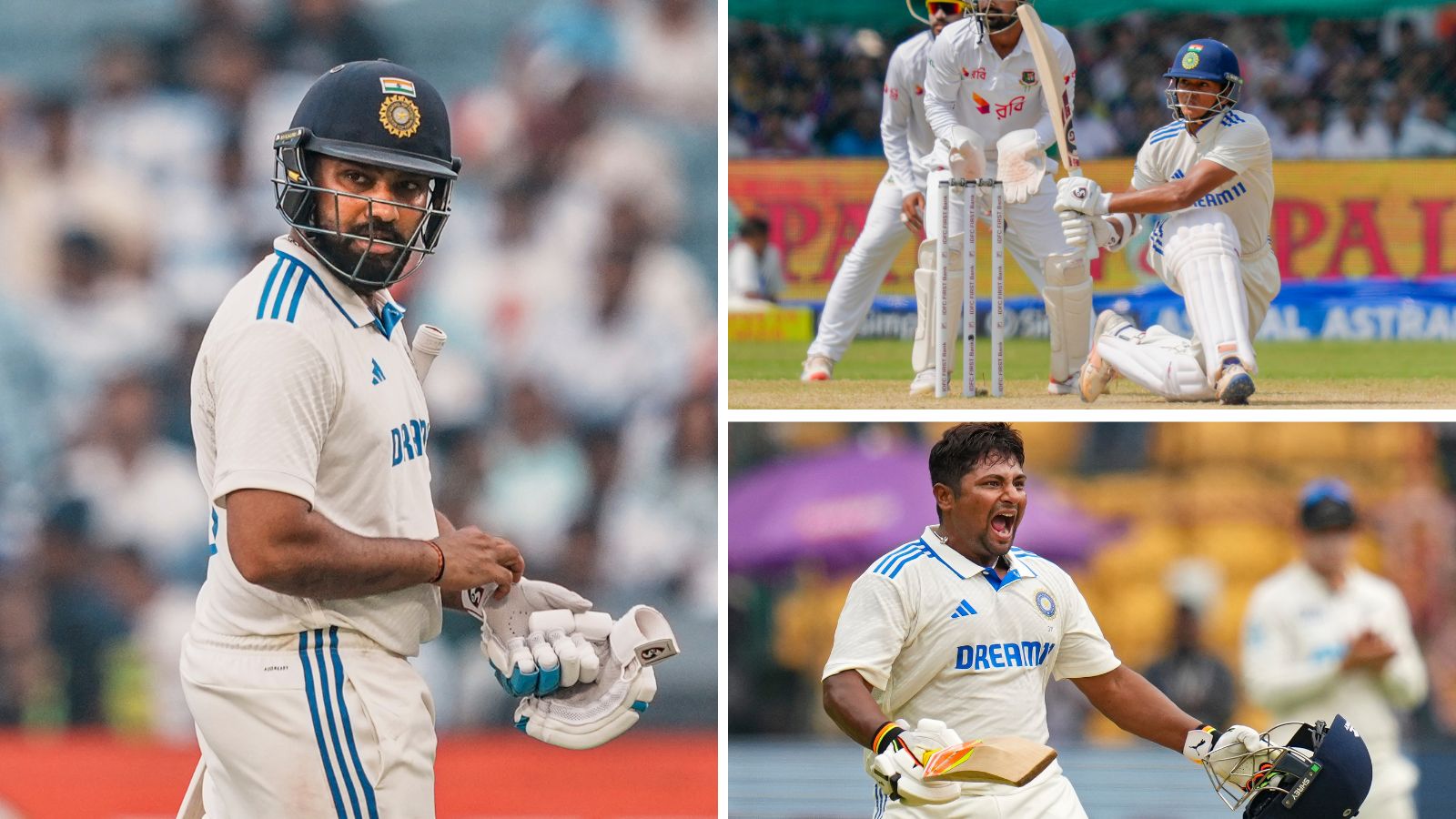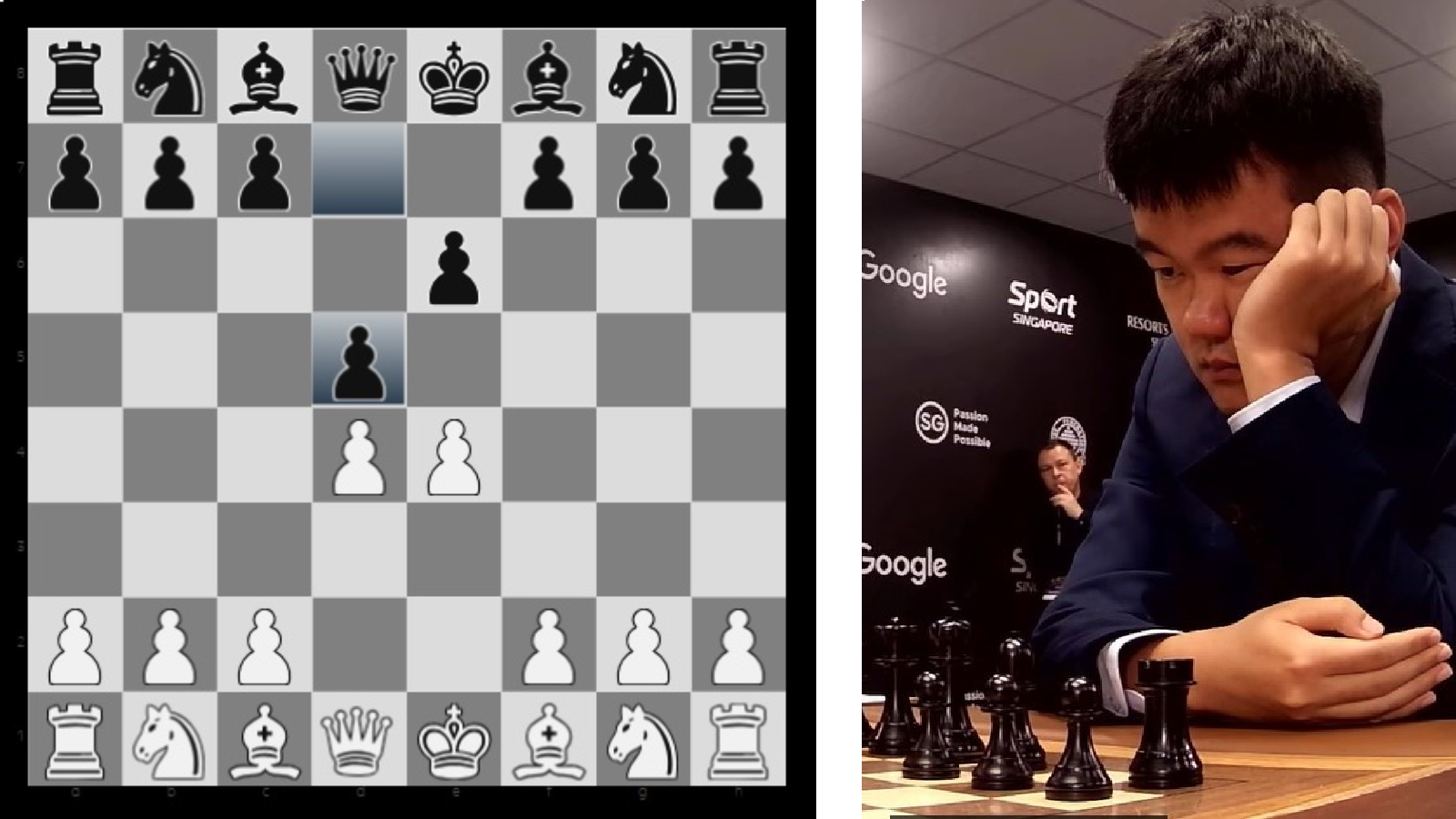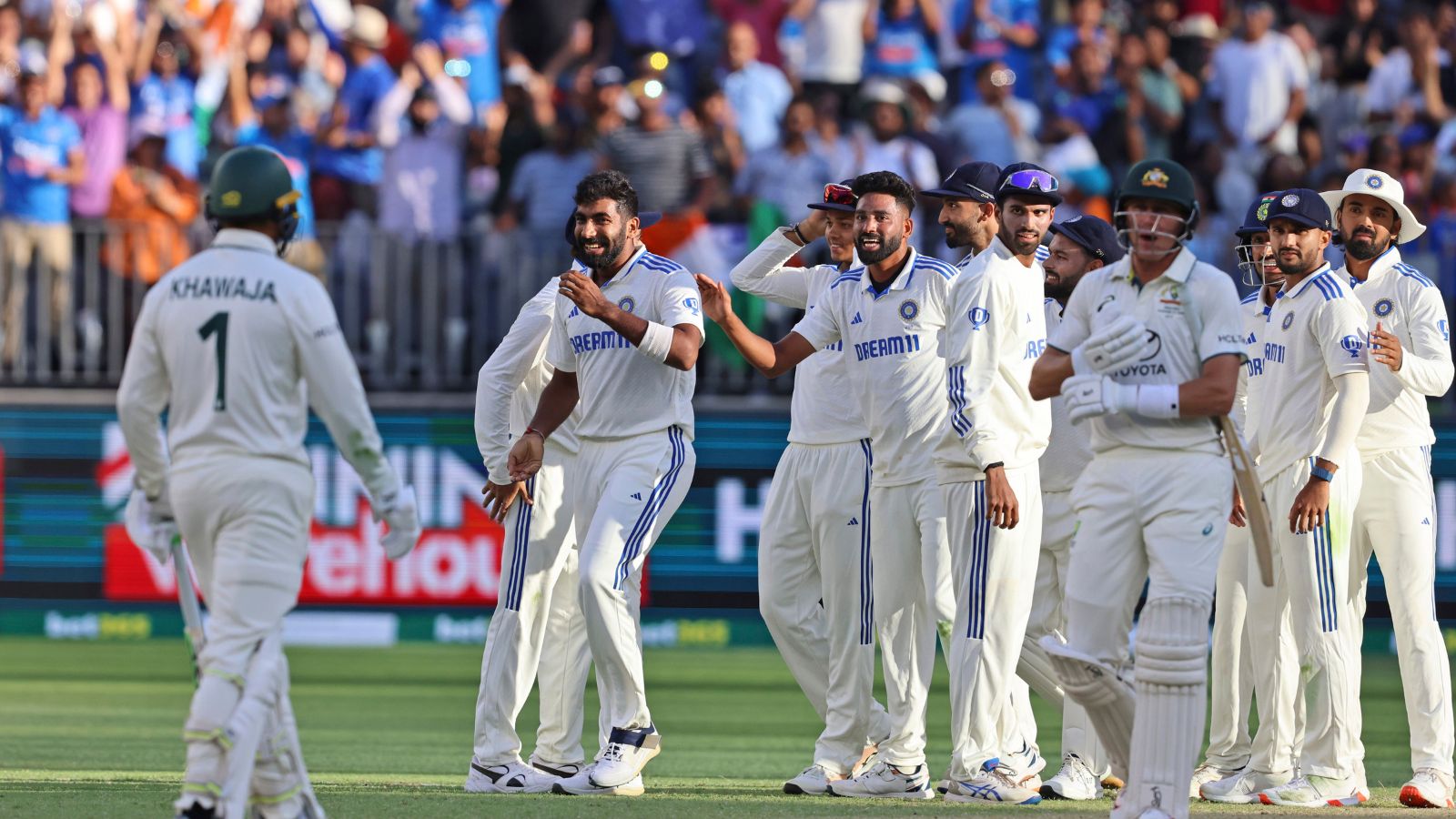Rohit Sharma, Yashasvi Jaiswal and Sarfaraz Khan: Three Mumbai maidaan cricketers with different batting styles and contrasting journeys to Indian team
With brisk but nimble drag of the draw knife, Mudassir peels the wood from the spine of the bat. The powdery yellow dust whirls into his face, which he wipes with a soiled towel. “Yeh kalakari hain beta, time lag jayega.” he briefs about his handiwork to a restless youngster, one among the hundreds scattered across the Azad Maidan, the field of Mumbai’s cricketing dreams, waiting for their chance to bowl or bat. The curious youngster asks him about the bat specifications of Yashasvi Jaiswal. “Secret hain, mein nahin bataunga,” he says, chuckling.
With the Mumbai Test match against New Zealand just three days away, there is an undulating buzz about the trifecta of Jaiswal, Rohit Sharma and Sarfaraz Khan, who honed the game in the maidaan, the heartbeat of Mumbai cricket. The ticket kiosk on the edge of the maidaan is bustling. The jersey seller on the corner is already a busy man. Youngsters are imploring their parents to buy tickets, on the promise that they won’t bunk the class.. India might have lost the series, but it has not lost on them that this would be the first home Test for Jaiswal and Sarfaraz, and Rohit’s first in 11 years, a Test more remembered for the maidaan darling Sachin Tendulkar’s farewell than Rohit’s 111, on the home ground, at the Wankhede, just a stone’s throw away.
The three are unique in their own styles. Rohit is the neo-classical, fusing the old and new worlds. He drives like classicists from the city, but pulls on the front-foot like modern batsmen. Yashasvi embodies the post-modern ethos of the game, daring and unfazed. Sarfaraz is the pragmatist, weaving through improbable alleys to find the runs. “There is nothing called a homogenised style. The coaches are different, their methods are different. For example, his father coached Sarfaraz in his own methods. And it is producing results. Mumbai cricket is all the more richer for the different styles,” says former Mumbai cricketer and veteran coach Vilas Godbole.
There is a story or anecdote about three of the maidaan boys in the team, narrated with flourishes. Mudassir says he has seen Sharma strike three sixes beyond the walls, a ball changed after each of the strikes. “Straight sixes, aage jaake,’ he says. He then points to a tarpaulin tent, where he claims Jaiswal used to sleep. He points out to another pitch in the distance, where Naushad Khan used to bring his two sons Sarfaraz and Musheer and make them bat for hours on end under the stifling Mumbai sun. “The ground has the footprint of every cricketer to have emerged from Mumbai. The fields would have their own stories to tell,” says Godbole.

It is on these dusty pitches spread across 10 hectares, each tugging into the other, bearing its red-soil composition, that some of the greatest talents from the city had waltzed into the consciousness of the country. It’s where Tendulkar and Vinod Kambli shared a 664-run partnership when at school, where Sarfaraz and Prithvi Shaw registered scores of 439 and 546 as teenagers; Jaiswal lived his great cricketing dream, living in one of the ramshackle dwellings, the roofs of which had to be repaired after every monsoon.
There is a slice of maidan in their batting. Jaiswal picks the tiniest of gaps because finding gaps in the mass of cricketers is utmost difficult. When a dozen games are progressing simultaneously, batsmen lose a sense of where the fielders of his opposite team are stationed. He ends up threading the ball through the gaps he sees. Godbole says: “The boundary lines are not always well-defined. So the players run a lot. By the time, the umpires reckon it has gone for a four, they must have already run three. In every little manner, it prepares you for the grind at higher levels.”
Just reaching the maidan itself is a struggle. Rohit used to take the packed train from Borivalli to Churchgate, which took more than an hour. Sarfaraz used to travel from Kurla, which took nearly an hour. “Just these train journeys teach you discipline, because you have to reach on time, you can’t miss a practice session or game. You have to find your space there, just as you have to on the field too,” Godbole says.

There is much distraction in the background, so much noise piercing the ears, that cricketers learn to be sound-proof. There is chatter and chaos from the hawkers that sell tea and savouries as well the shoppers from the cluster of shops in the Fashion Street. The trains whirr behind the blue walls. “The more the noise, the better it is. If they learn to bat in this noise and chaos, they can succeed everywhere. It prepares you for everything, says Rahul Sawant, coach of local club Cricket Live.
Just then, one of his wards crunches a sweep that crashes onto the tent that wakes up an old security-guard from his siesta. He doesn’t shout expletives, but calmly throws the ball to the fielder. “Look around, this is the most common shot children play here, and this why when you look all the Mumbai batsmen are exceptional with his shot, be it Surya, Rohit, Sarfaraz or Yashsvi,” says Sawant.
The maidan where Mahatma Gandhi made a speech after his release from prison in 1931 has shrunk over time. The metro construction has eaten up considerable land. The number of pitches have halved, yet Godbole says every pitch continues to be different. “That is the beauty of maidan cricket, and that is what builds your game and makes you tougher. If one pitch is slow, the other is fast, the other will have uneven bounce, or another where the ball is turning sharply. So if you are playing games back-to-back, you have to make quick adjustments. It makes you adaptable, and you develop your game fast,” he says.
The facilities are basic. There is no formal dressing room. Or a toilet. The nearest one is behind, on the MG Road. But no one complains. Even kids for whom BMWs are waiting and for those heading to the Churchgate Station for the long commute drink water from the same tap or share pani-puri from the same roadside shop.It is also the first step they take in the long and arduous journey from maidans to the Wankhede, a one-kilometre stretch but one that takes several years of sweat. The crowd would flock to the Wankhede to see the three maidan boys that had made this journey, from Friday.
I’m Manas Ranjan Sahoo: Founder of “Webtirety Software”. I’m a Full-time Software Professional and an aspiring entrepreneur, dedicated to growing this platform as large as possible. I love to Write Blogs on Software, Mobile applications, Web Technology, eCommerce, SEO, and about My experience with Life.






